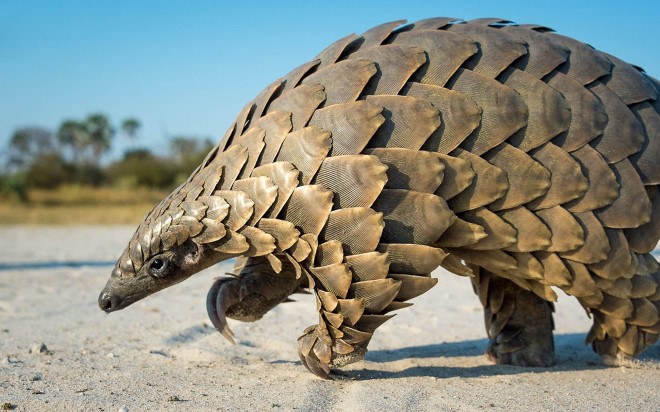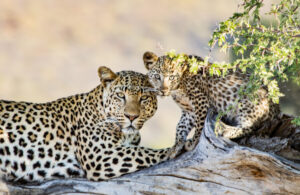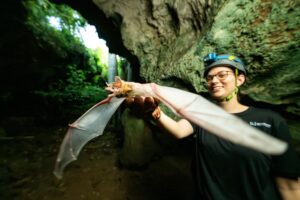
*A version of this article originally appeared in the August 2021 Bush Telegraph newsletter. You can read our recent newsletters and sign-up to receive these in your inbox on our Bush Telegraph newsletter page.
Kenya has just completed its first National Wildlife Census. Encompassing every one of the country’s 58 national parks and reserves, both terrestrial and marine, as well as many of its private and community conservancies, the census was a mammoth, three-month long task. Never before has an all-encompassing, nationwide survey been conducted.
Spearheaded by the Kenya Wildlife Service (Kenya’s parks authority) and costing £1.6m, the count involved dozens of rangers, researchers and community members. They carefully counted, photographed and recorded the wildlife from planes, helicopters, boats and 4x4s. With an area of nearly 21,000km2, Tsavo National Park alone required a team of 50 people and 13 aircraft. In addition, dung was analysed, satellite collars tracked and hundreds of camera traps set to ensure nocturnal and forest-dwelling animals were not missed.
The census aimed to establish a baseline of wildlife numbers and distribution across the country, with the hope of aiding conservation by identifying specific threats to different species. There have previously been national counts of elephants and rhinos, and many conservation groups have monitored limited areas and particular mammals and birds, but now, everything from primates to pangolins, from turtles to ostriches and from dugongs to mountain bongos has been included.
The need to record the number and distribution of threatened species, such as the sable antelope and Temminck’s pangolin, was particularly carefully considered. The census is viewed as critical element in the drive to ensure future conservation and management strategies are as effective as possible. From aiding in the fight against poaching to mitigating human-wildlife conflicts and monitoring the impact of climate change, this accurate new data will be of invaluable assistance in the years ahead.
The census results appear later this month, but meanwhile check out Expert Africa’s Kenya travellers’ safari sightings here.
If you’ve been inspired and want to find out more, give us a call or enquire now to speak to an expert.





